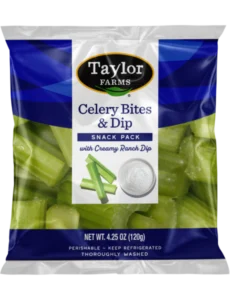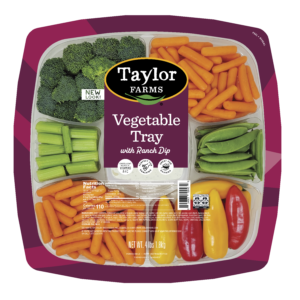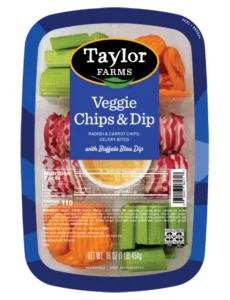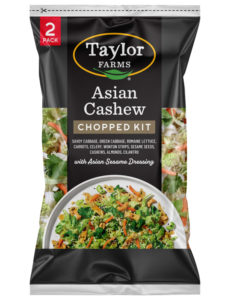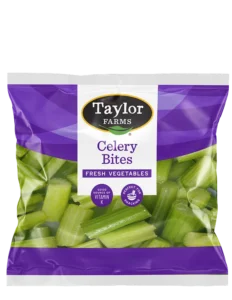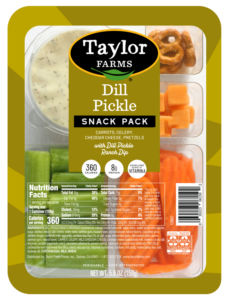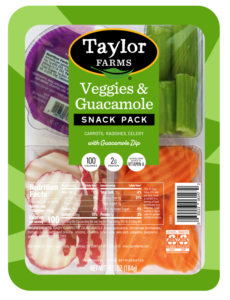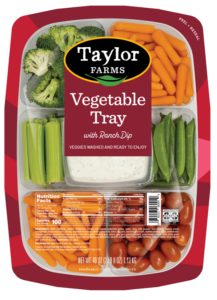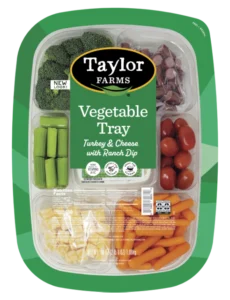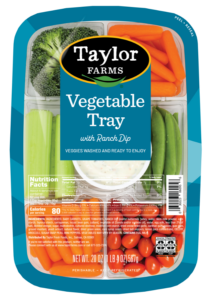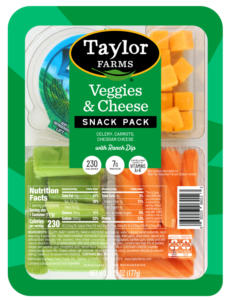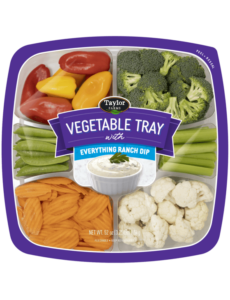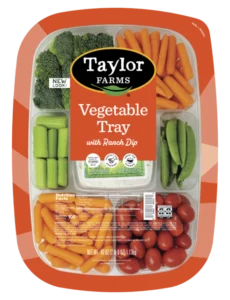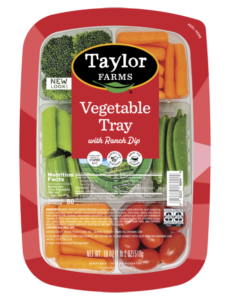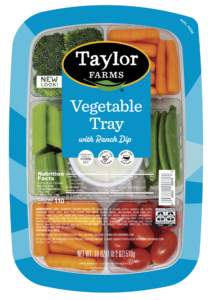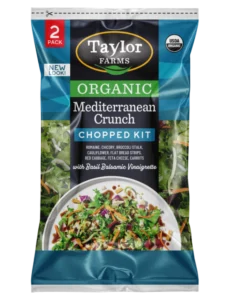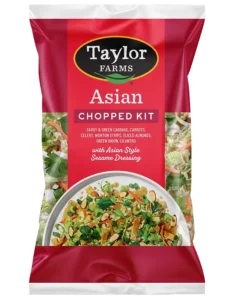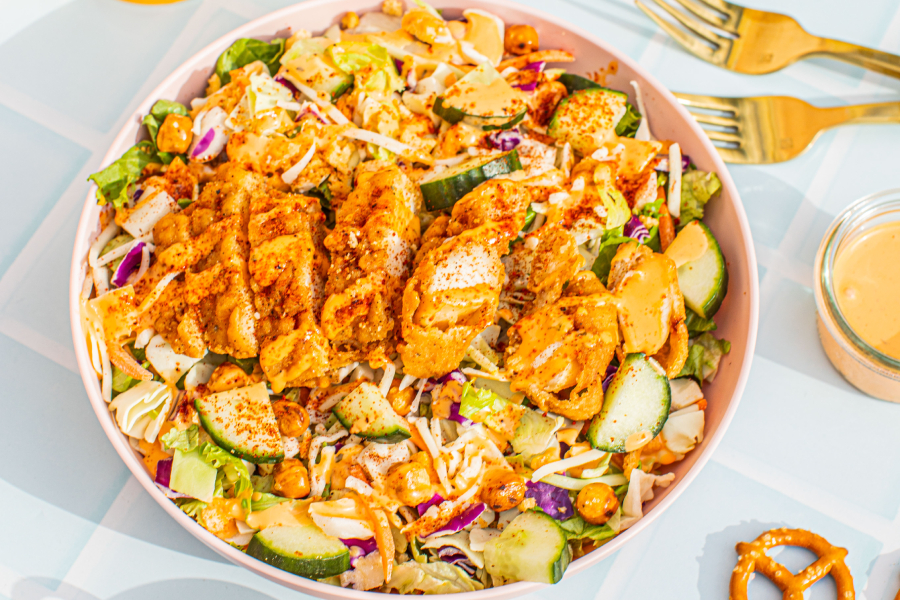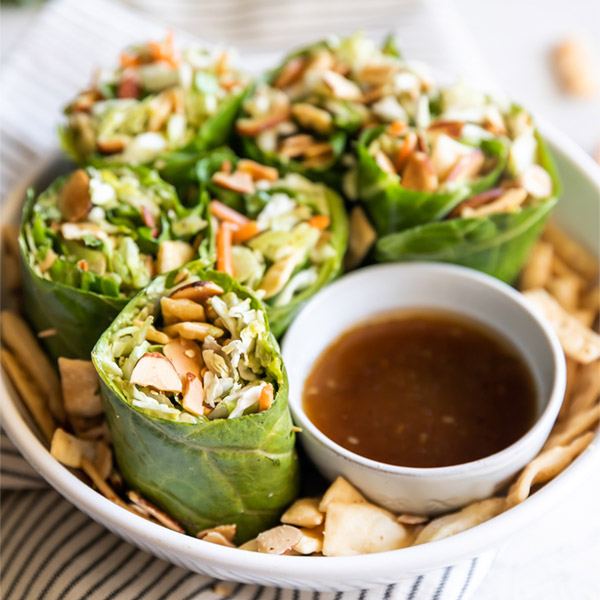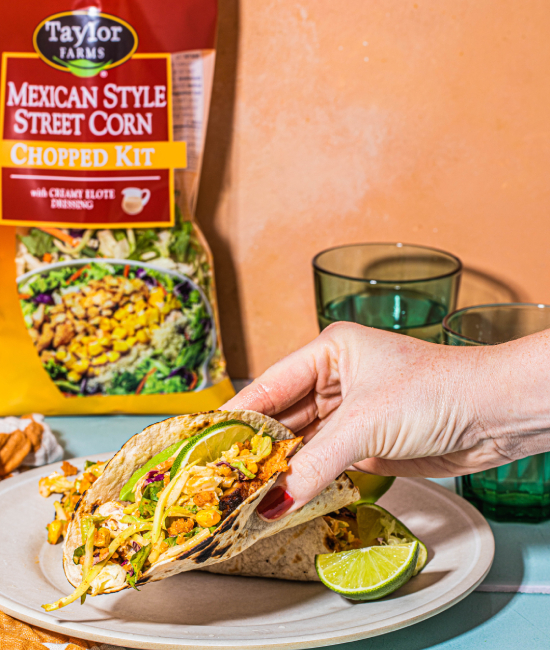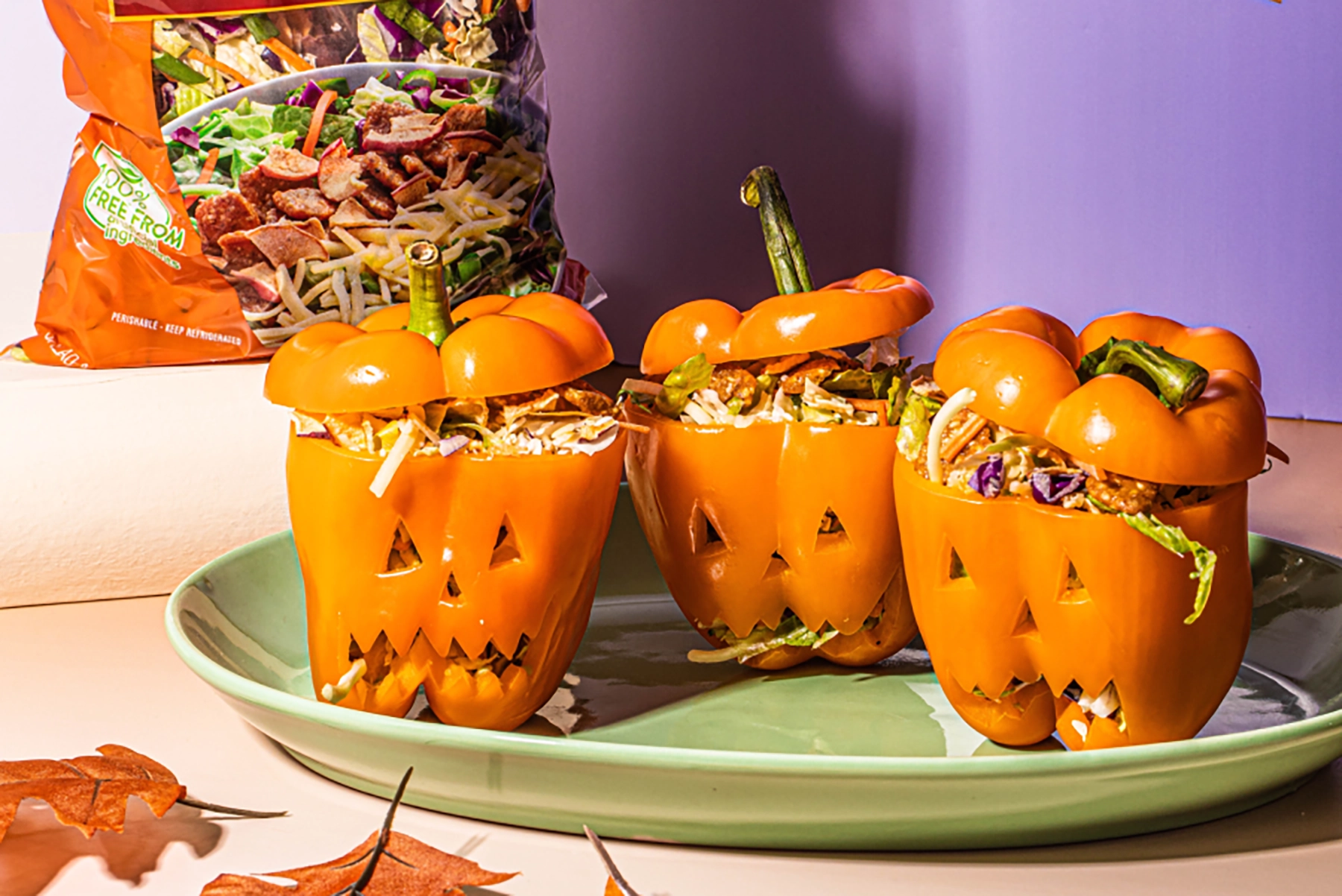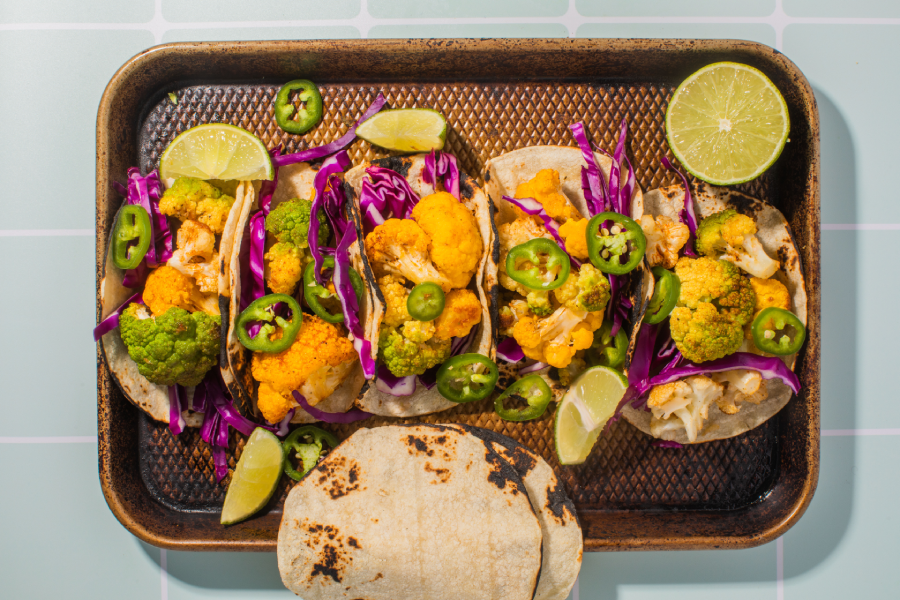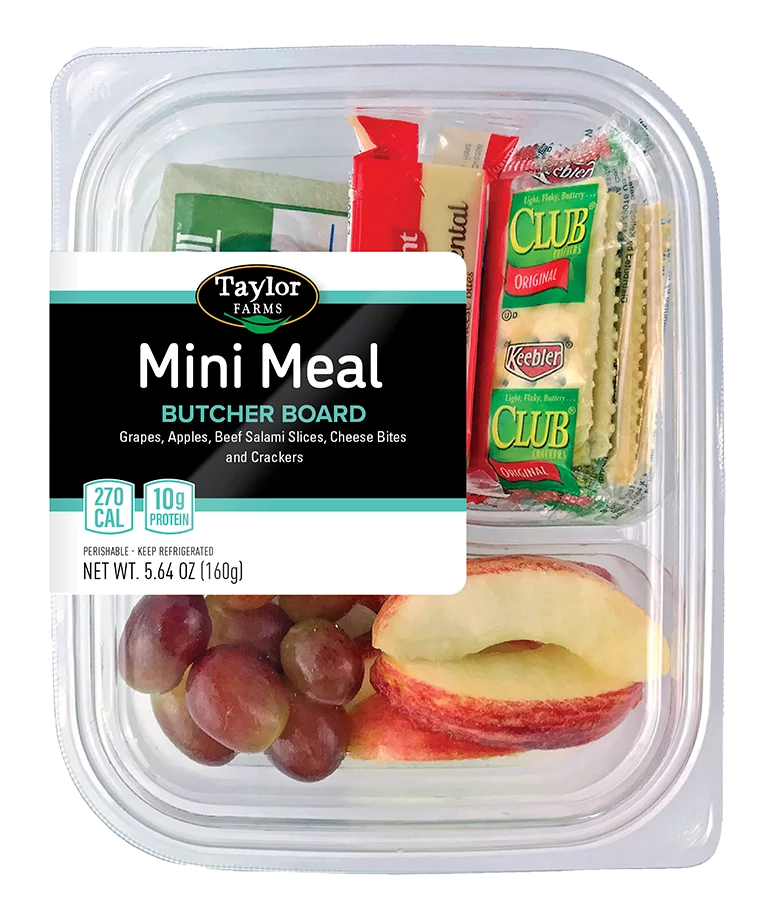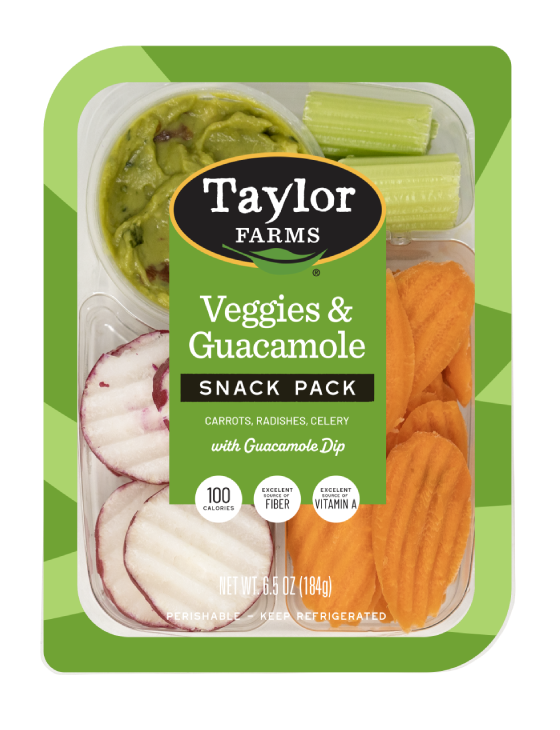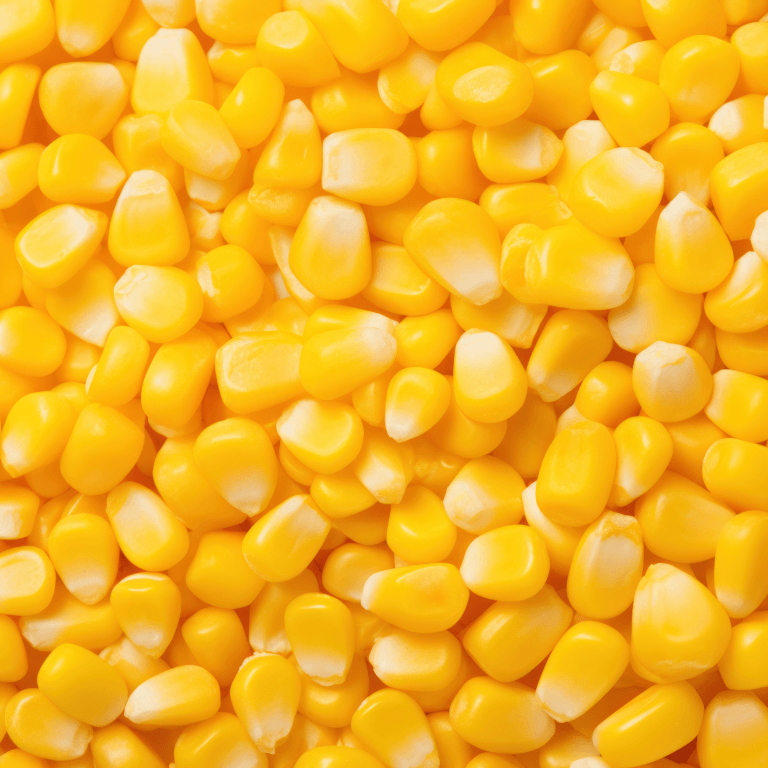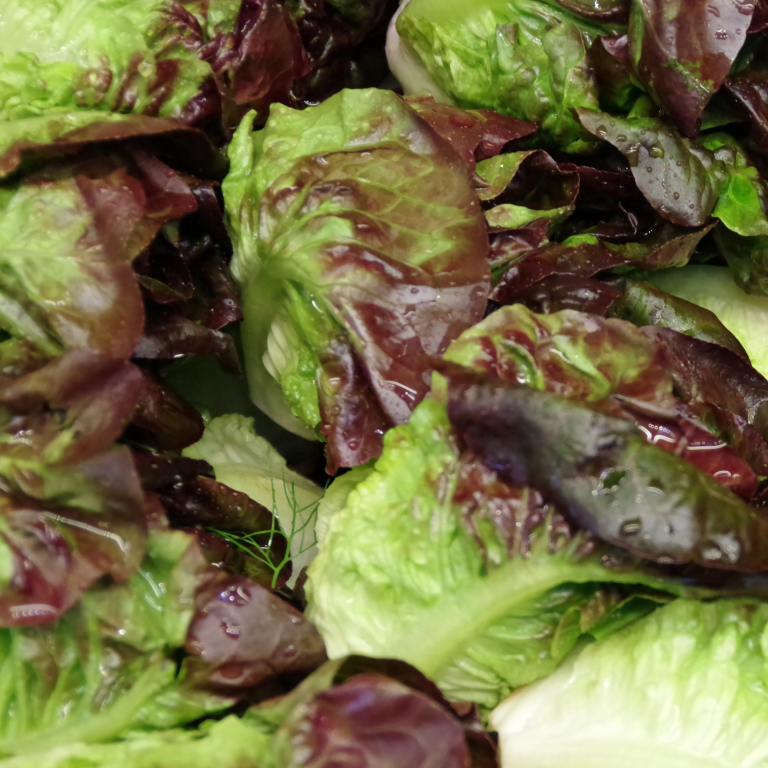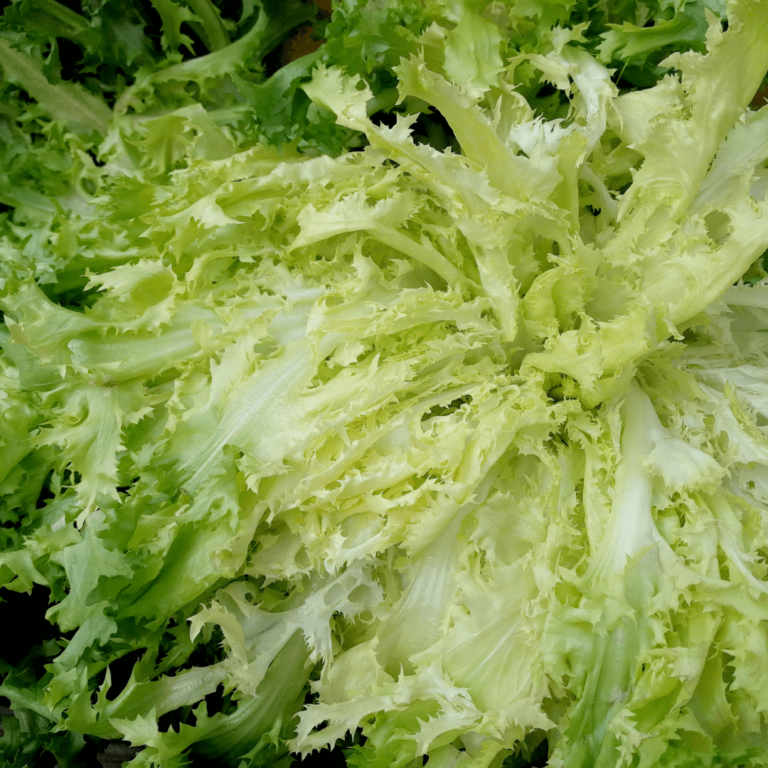Celery at a Glance

Scientific Name: Apium graveolens
Family: Apiaceae
In Season: Typically in season during the fall and winter months.
Varieties: Pascal and Golden. Pascal is the common green celery, while Golden celery has a milder flavor and is often used for soups and stews.
Great for: Adding a refreshing crunch to salads, a flavorful base for soups and stocks, and a classic companion for dips and spreads. Its low-calorie, high-fiber nature also makes it a healthy snack choice.
Celery Nutrition
1.6 grams fiber
Vitamin K
95% Water
Common Questions about Celery
The taste of raw celery is unmistakably clean and mildly earthy. The flavor is subtly herbaceous with a hint of grassiness, and a gentle, pleasant bitterness that lingers on the palate. This clean taste makes raw celery an ideal addition to salads, crudité platters, and as a vessel for various dips and spreads. Its juiciness and delicate flavor provide a refreshing balance.
Cooking celery softens its texture, mellowing its initially crisp bite. The flavor deepens as the vegetable caramelizes, developing sweeter undertones. The mild bitterness of raw celery gives way to a more nuanced taste profile, with a gentle earthiness and nuttiness. Whether used in soups, stews, or stir-fries, cooked celery adds depth and complexity to a wide range of dishes.
Growing celery
You can tell celery is ready to pick by the plant’s overall size and the development of its stalks. Mature celery plants are typically about 12-18 inches tall and have a well-developed bunch of stalks in the center. The stalks should be firm, crisp, and have a rich green color. You can start harvesting individual stalks when they reach a desirable size and thickness, usually around 8-12 inches long. If you cut the stalks from the base of the plant, it will continue to produce more stalks.
Purchased celery
When purchasing fresh celery from a store or market, look for celery with tight, compact bunches of stalks. The stalks should be firm and free from soft spots, wilting, or discoloration, while the leaves on the top of the celery should be fresh and vibrant — not wilted or brown. Overall, the celery should have a fresh, mildly earthy aroma.
To store celery and keep it fresh, wrap it tightly in aluminum foil, plastic wrap, or a resealable plastic bag to maintain its crispness. You can also place it in an airtight container. Refrigerate the celery in the crisper drawer of your refrigerator. Ensure it stays dry and doesn’t get exposed to excess moisture.
If you’ve already cut the celery, place it in a container with some water, like a jar or a tall glass, covering the cut ends, and keep it in the fridge. When stored properly, celery can stay fresh for up to two to four weeks.
Yes, you can freeze celery, but keep in mind that freezing can change its texture. Blanching the celery before freezing is recommended to preserve color and texture. Frozen celery is best used in cooked dishes like soups, stews, and casseroles, where the change in texture is less noticeable.
Some of the key celery-growing regions include the United States, with California, Florida, and Michigan being notable celery-growing states. In Europe, celery is cultivated in several countries, with France, Spain, and Italy being prominent celery producers. Canada, specifically Ontario, is involved in celery cultivation, and in Asia, countries like China and India grow celery to meet domestic demand and sometimes export to other regions. These regions provide the ideal growing conditions, such as well-drained, fertile soil and a temperate climate, for celery to flourish.
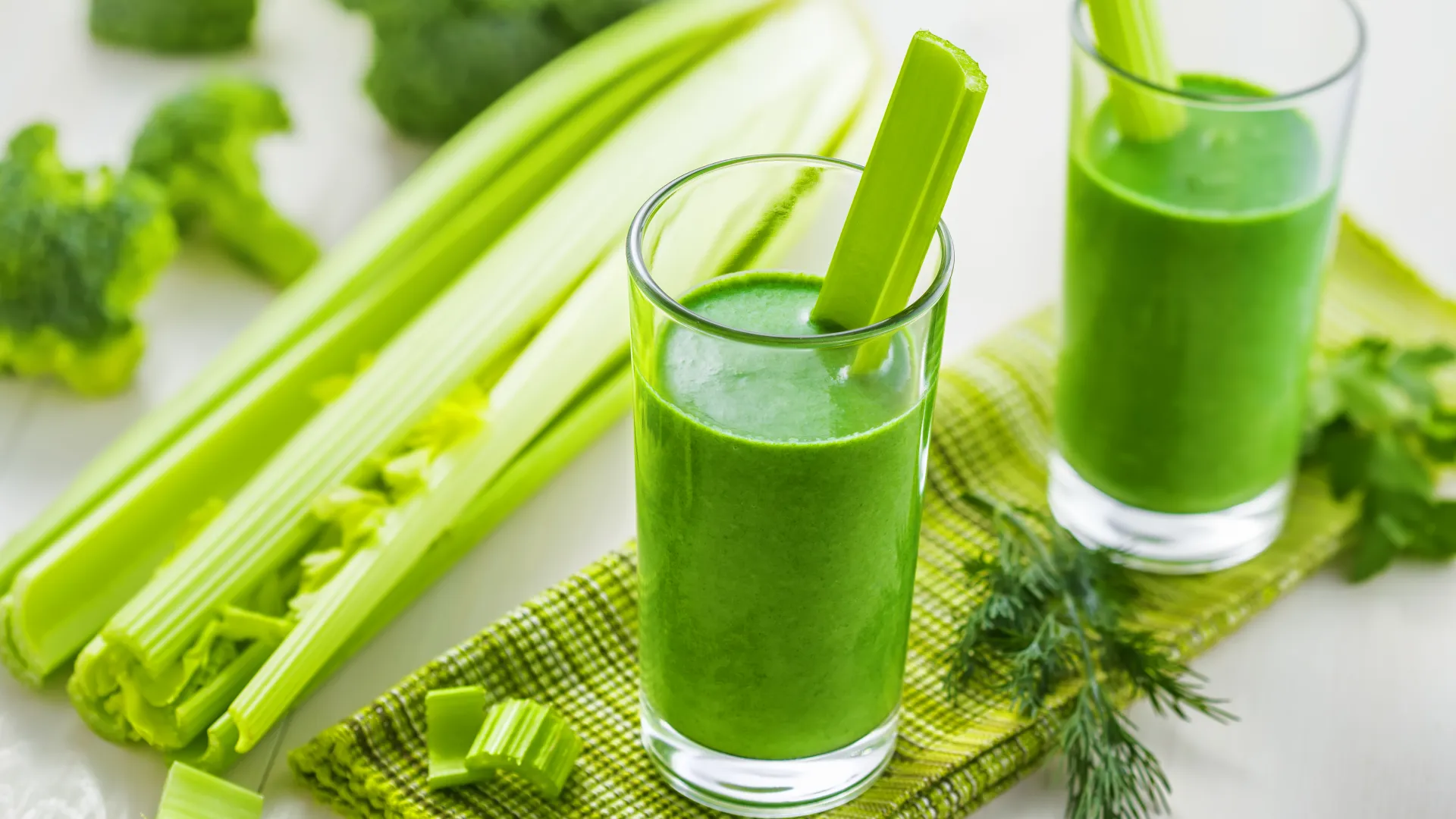
How to cook & serve celery
Sautéed: Sautéing celery in a bit of oil or butter brings out its natural sweetness and adds a pleasant caramelized flavor. It’s a fantastic addition to stir-fries, pasta dishes, or vegetable medleys. You can season it with herbs and spices for extra flavor.
Roasted: Roasting celery transforms its texture and flavor. Toss it with olive oil, salt, and pepper, then roast until tender and slightly crispy. Roasted celery pairs well with meats, such as chicken or pork, and can also be used in grain-based salads.
Steamed: Steaming celery preserves its crispness and vibrant color while making it slightly more tender. Steamed celery works wonderfully in side dishes or as a stand-alone vegetable with a light sauce. It’s an excellent choice for maintaining its nutritional value.
Braised: Braising celery involves cooking it slowly in a flavorful liquid, like broth or wine. This method imparts a rich taste and can be served as a side dish or used to enhance the flavor of stews and soups.
Soups and Stews: Celery is a classic ingredient in soups, stocks, and stews. It adds depth, aroma, and a subtle earthy flavor. Serve it alongside a medley of vegetables, meat, or legumes for a hearty and nutritious meal.
Raw Celery: Of course, celery can also be enjoyed raw in salads, for dipping or spreading with peanut butter or cream cheese, or on a crudité platter.
Celery’s adaptability allows it to complement a wide range of ingredients, including meats, grains, legumes, and other vegetables. Experiment with different cooking methods and pairings to discover your favorite way to enjoy this versatile veggie!


